Stonehenge, located in Wiltshire, England, is arguably the world’s most famous prehistoric monument. This iconic site, built in several stages beginning about 5,000 years ago, features a unique stone circle erected in the late Neolithic period around 2500 BC. Nearby, numerous Bronze Age burial mounds add to the historical significance of the area. Today, Stonehenge is the centerpiece of a World Heritage Site, surrounded by a rich concentration of prehistoric monuments. The best time to visit Stonehenge is during the summer months when the weather is pleasant, and the days are long.
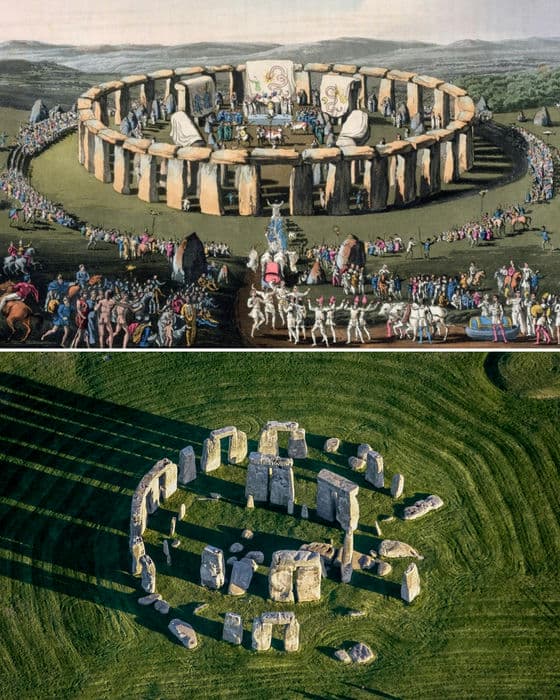
Why Visit Stonehenge?
My visit to Stonehenge was driven by its profound historical and archaeological significance. Here are five highlights you should not miss when visiting Stonehenge:
- The Stone Circle: Marvel at the imposing sarsen stones and the smaller bluestones, arranged in concentric circles and horseshoes, which are the main attraction of the site.
- Visitor Centre Exhibits: Explore the comprehensive exhibits at the Visitor Centre, which include over 250 archaeological treasures and interactive displays detailing the history and significance of Stonehenge.
- The Avenue: Walk along the ancient Avenue, a ceremonial pathway connecting Stonehenge to the River Avon, believed to have been used for processions and rituals.
- Nearby Burial Mounds: Visit the numerous Bronze Age burial mounds scattered around the site, providing a deeper understanding of the prehistoric landscape.
- Solstice Events: Experience the magic of the summer and winter solstices at Stonehenge, when the alignment of the stones with the rising and setting sun is most prominent.

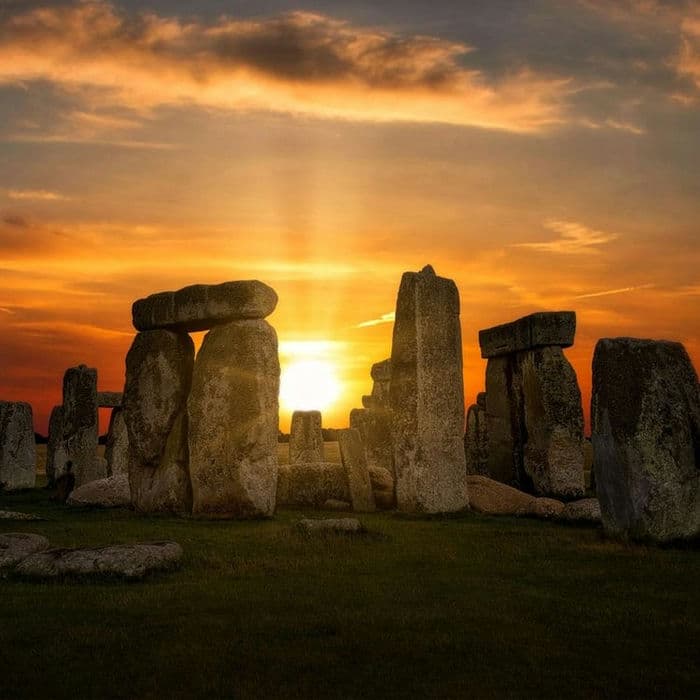
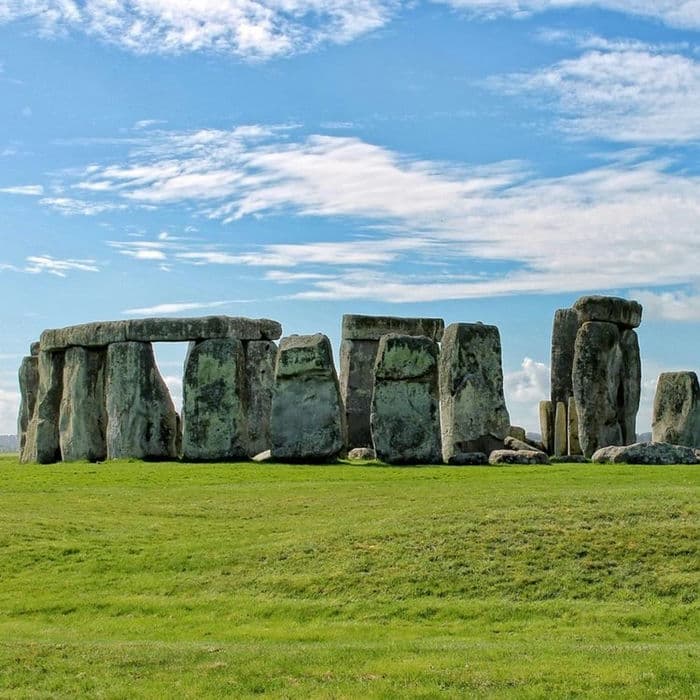




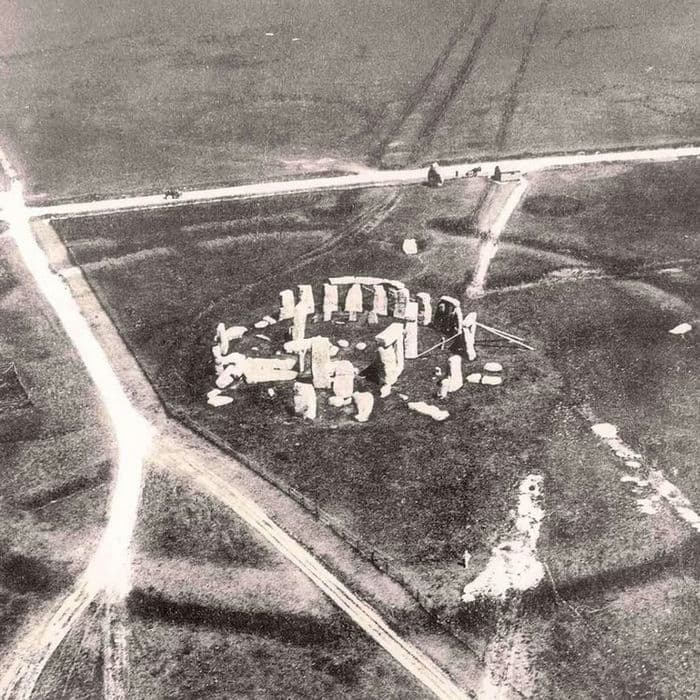

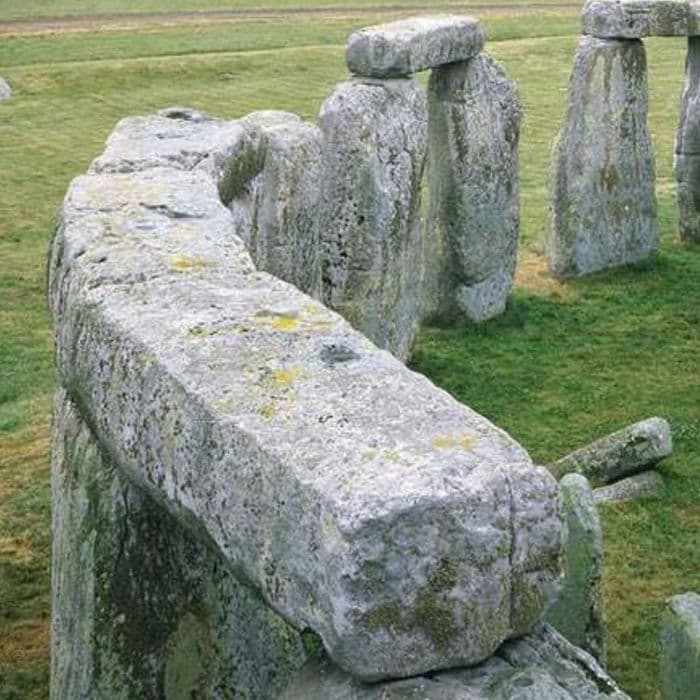
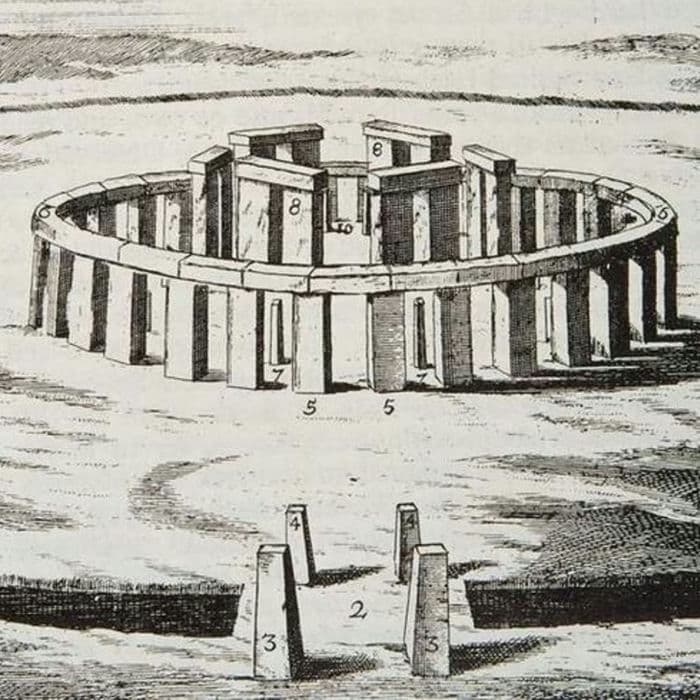
Frequently Asked Questions
- What is the purpose of Stonehenge?
The exact purpose of Stonehenge remains speculative, but theories suggest it could have served as an astronomical observatory, a ceremonial site, a place for religious rituals, or a burial ground for elite individuals. - How were the stones moved to Stonehenge?
Various theories exist regarding the transportation of the stones, including the use of sledges and wooden rollers, A-frame structures, and rafts along waterways. These methods would have required significant human labor and coordination. - When was Stonehenge built?
Stonehenge was constructed in several phases from around 3100 BC to 1600 BC. The iconic stone circle was erected between 2600 BC and 2400 BC, while the surrounding earthworks date back to about 3100 BC. - Can visitors walk among the stones at Stonehenge?
While general visitors cannot walk among the stones, special access visits are available for small groups during early morning or late evening, allowing closer interaction with the monument. - How can I visit Stonehenge?
Stonehenge is located about 90 miles from London in Wiltshire. Tickets can be booked online via the English Heritage website. Visitors can enjoy a quick bus ride from the Visitor Centre to the Stonehenge site, with self-guided tours and informative signs enhancing the experience.
Stonehenge stands as a testament to human ingenuity and the mysteries of our prehistoric ancestors. Whether you’re fascinated by its astronomical alignments, intrigued by its ceremonial significance, or simply captivated by its monumental presence, Stonehenge offers a unique and enriching experience. Plan your visit to this ancient marvel and immerse yourself in the timeless wonder of Stonehenge.
